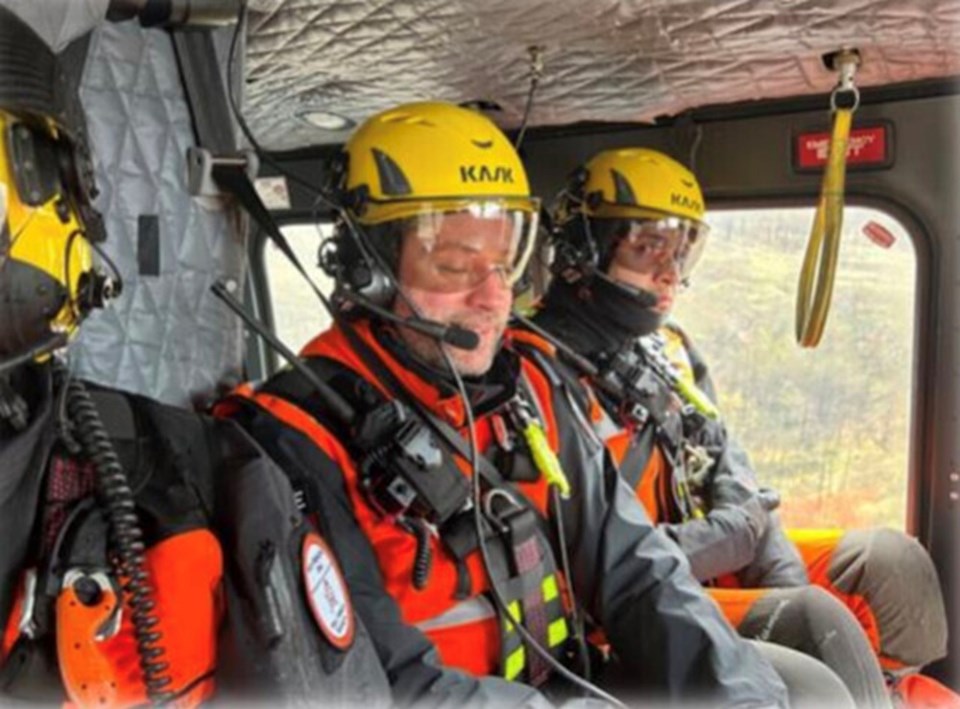A false alarm of a person on fire is believed to come from a default iPhone setting, said Vernon Search and Rescue.
On Friday afternoon, the rescue group headed to the backcountry responding to an iPhone SOS activation text reading "There has been a fire. Someone is on fire." — only to find out the person was safely at home, unaware of any calls for help.
“Since our post, we have received a number of reports from other Search and Rescue teams throughout the province confirming they've also responded to what turned out to be accidental iPhone SOS activations based on the exact same text message (word for word)!” said VSAR on Facebook.
VSAR has since discovered the message stems from a default setting. iPhone 14 or newer models come with crash detection automatically enabled. This feature sends out an emergency call with the phone’s coordinates and a search radius — unless manually cancelled.
This emergency call is also sent out using the satellite communication on the device if the iPhone is in a location without cellular or Wi-Fi connection.
When VSAR was called out on Friday, the subject's phone had died while on a hike.
“Our assumption is that perhaps there was some sort of fall or other action that the phone interpreted as a car crash and their phone sent an automatic SOS, but with no battery life left, there may not have been the opportunity for our subject to cancel the automatic emergency call nor respond to any potential follow-up by the iPhone emergency centre,” reads the Facebook post.
“This is not a conclusive answer by any means, but it's close enough for us that we're chalking this up as a learning experience and we’ve stopped investigating further.”
Search and rescue groups are made up of volunteers who will always respond to calls for help.
VSAR said it prefers to err on the side of caution when responding to false alarms, even with the costs associated. The group hopes technology will continue to evolve over time and prevent these false calls, but the public can help minimize them in the meantime:
- Travel with a power bank charger so your battery is charged enough to cancel any erroneous SOS.
- Travel with your phone readily accessible so you can hear and respond to warning alarms.
- Do not hang up if your phone made an erroneous, stay on the line to explain the mistake.
- Consider your activity, and deactivate this feature when you deem it appropriate.
More information about the iPhone setting can be found online.



